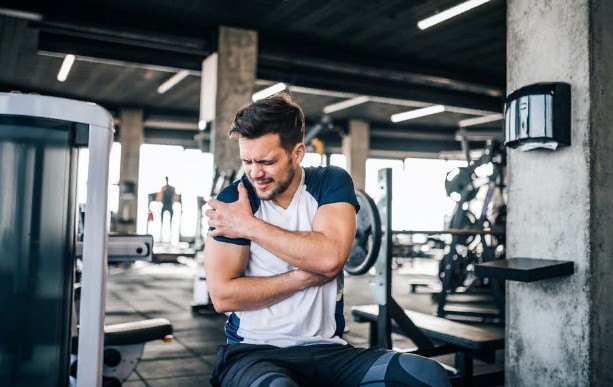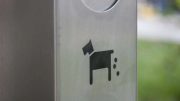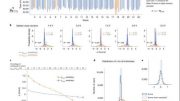This is why you don’t have to be hurting after an exercise to know it was effective
When it comes to getting in shape, the phrase “no pain, no gain” is often employed. It’s also possible that this is why many of us believe that you need to be hurting after a workout to know you’ve done enough.
Your muscles may be sore after exercise for a variety of reasons. However, contrary to common opinion, you don’t have to be sore in the hours or days following a workout to know you’ve had a good one.
The scientific term for the aching and tender feelings our muscles have after exercise is delayed onset muscle soreness (DOMS). It usually happens after a very tough workout or when we perform something we aren’t used to.
It can happen after any form of exercise, but eccentric exercise is the most common. These are actions in which the muscles stretch while resisting a force (for example, when jogging downhill or descending stairs).
Because they are not used to eccentric activity, smaller upper-limb muscles (such as your biceps and shoulders) are more sensitive to DOMS.
DOMS can occur hours after a workout, although it normally peaks two days later, depending on the intensity and volume of the workout. While it’s true that DOMS happens a lot, experts don’t know what causes it. They say that there are a few possibilities.
According to current scientific theory, DOMS is caused by a combination of:
- Mechanical damage (to the protein structure of the muscle fiber)
- Damage to the membrane encasing the muscle fiber
- Damage to the connective tissue surrounding the muscle fibers
- The body’s inflammatory response, causing further muscle protein breakdown and stimulating certain nerves, causing pain.
To help create bigger, stronger muscles, a certain amount of exercise-induced muscle injury is probably required.
In fact, while exercise-induced muscle damage might impair how well muscles operate after a workout (sometimes for up to two weeks), you’re less likely to have DOMS the next time you exercise.
This could also explain why those who exercise on a daily basis don’t have as much DOMS.
Regular weight training with an emphasis on eccentric exercises (such as squats, deadlifts, and bench presses) has also been found to minimize the harmful effects of exercise on the muscles.
There are likely a variety of reasons for this, but the majority of them have to do with the muscle’s ability to protect itself from harm.
The frequency and severity with which a person develops DOMS differs from one person to the next. However, because their muscles are less able to recover after vigorous activity, older people may be more prone to both exercise-induced muscle injury and DOMS.
According to studies, people with a specific genetic composition are better able to recover from eccentric exercise than those who conducted the same activity.
It’s difficult to avoid DOMS if you’re starting a new exercise regimen and your first workout is particularly severe or long-lasting.
DOMS can be exacerbated by including more eccentric workouts in your training program. However, being sore doesn’t always mean you’re getting a better workout. It just means you’re doing something your muscles aren’t used to.
So, if you keep working out and notice that you don’t get as sore later in the day or even days later, know that your workout is still working. Your muscles have just gotten better at dealing with and healing from the damage.
Instead of working out until you’re sore, focus on a notion known as “progressive overload” if you want to get fitter and stronger. This is when you progressively increase the amount of exercise you do each time—for example, by doing more reps on an activity or adding weight.
Progressive loading has been found to be an efficient way to grow muscles and strength while also reducing the frequency of DOMS. According to studies, just a few weeks of working out with progressive overload can make a big difference in how your body works.
Rather than judging the effectiveness of your workout by how sore you are, try gradually increasing the number of reps you complete each week or the amount of weight you lift. These small gains in fitness and strength will show how important your previous efforts were.





